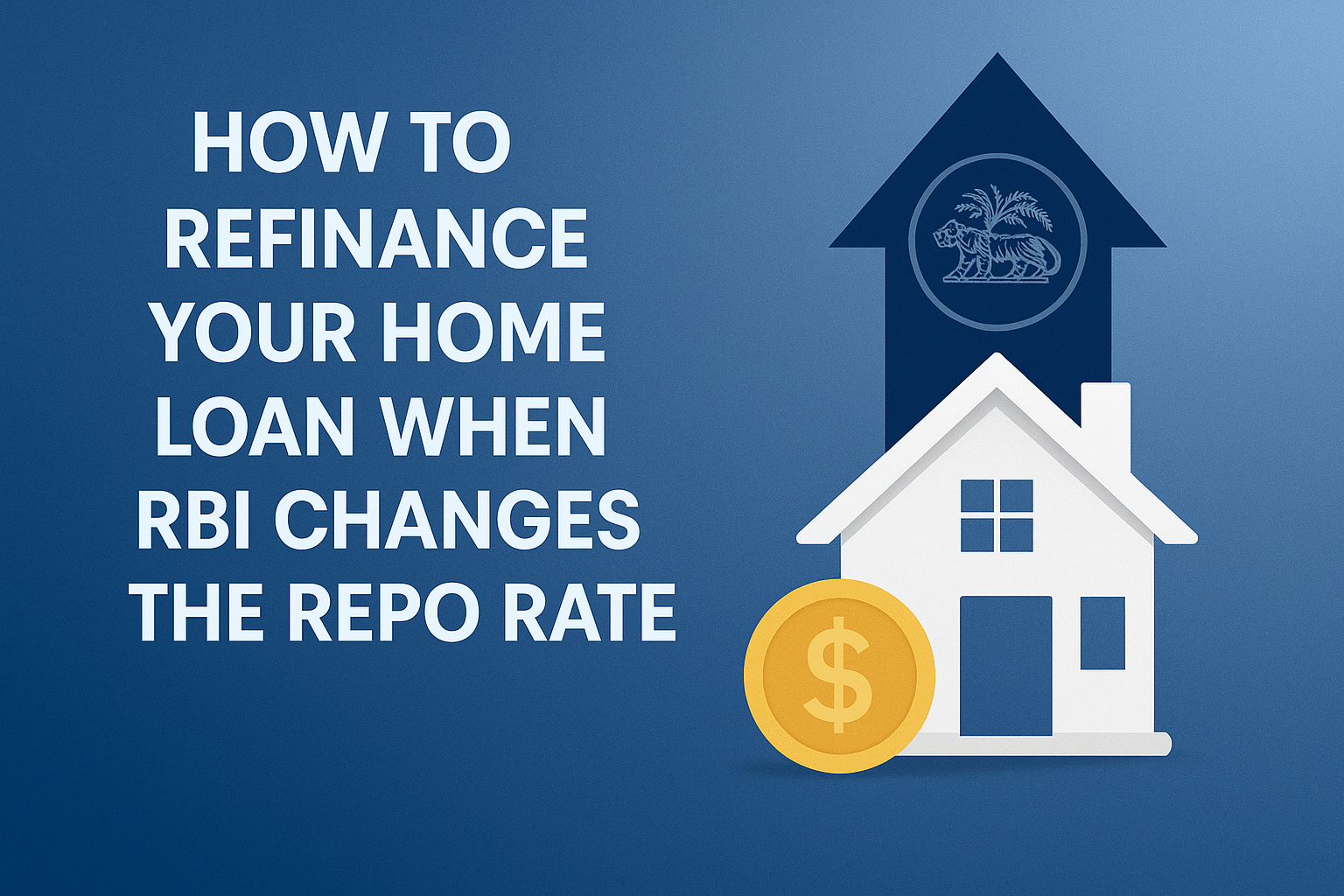Hidden Charges in Home Loans – How to Avoid Extra Costs?

A home loan is a significant financial pledge which helps you achieve the dream of homeownership. While interest rates and EMIs are the primary concerns for most borrowers, many overlook the hidden charges that come with home loans. These additional costs can make a substantial difference in your total loan repayment. Understanding these charges and learning how to avoid them can save you a lot of money in the long run.
Common Hidden Charges in Home Loans
1. Processing Fees
Lenders charge a processing fee to cover all the administrative cost of reviewing and approving your loan application. This fee usually ranges between 0.5% to 2% of the loan amount and is non-refundable, even if the loan is not sanctioned. To avoid paying excessive processing fees, compare charges from multiple lenders before choosing one.
2. Legal and Technical Charges
Banks conduct legal and technical verification of the property to ensure there are no disputes or defects. These verification processes come with additional charges that borrowers often overlook. Always clear all your Lender for a detailed breakdown of these costs before finalizing the loan.
3. Prepayment and Foreclosure Charges
If you plan to pay off your loan before the tenure ends, you might have to pay prepayment or foreclosure charges. While floating-rate home loans typically do not have these charges, fixed-rate loans often do. Always check your loan agreement to understand all the penalties before making extra payments.
4. Late Payment Penalty
Missing your EMI payments can lead to heavy penalties, usually a percentage of the overdue amount. In addition, it negatively impacts your credit score. Set up auto-debit instructions or reminders for EMI payments to avoid late payment charges.
5. Conversion Charges
Many borrowers opt to switch from a higher interest rate to a lower one offered by the same Lender. However, this comes at a cost known as a conversion or switching fee, which can range from 0.5% - 2% of the outstanding loan amount. Before opting for a conversion, calculate whether the interest savings outweigh the conversion fee.
6. Loan Restructuring Charges
If you face financial difficulties and need to restructure your loan, banks may charge you a restructuring fee. This fee can be significant, so it is advisable to assess all the financial situation carefully before requesting loan modifications.
7. Stamp Duty and Registration Charges
Stamp duty and registration fees are government-imposed charges that vary by state. While not a bank-imposed hidden charge, many borrowers fail to include these costs in their home loan budget. Check the applicable rates in your state to avoid surprises.
How to Avoid Extra Costs on Your Home Loan
1. Read the Loan Agreement Carefully
Always go through the fine print of your loan agreement to understand all charges associated with the loan. Seek clarification from the Lender if anything is unclear.
2. Compare Loan Offers
Different lenders have different fee structures. Comparing loan offers from multiple banks and financial institutions will help you find the one with the lowest hidden charges.
3. Negotiate with the Lender
Many charges, such as processing fees and conversion fees, can be negotiated. If you have a good credit score and a strong repayment history, you may be able to get a waiver or reduction on some fees.
4. Choose a Floating Interest Rate Loan
If you plan to make prepayments, opt for a floating interest rate loan since most lenders do not charge prepayment penalties on these loans.
5. Maintain a Good Repayment Record
Paying your EMIs on time ensures you avoid penalties and improves your credit score, which may help you negotiate better loan terms.
6. Ask for a Detailed Fee Structure
Before signing the loan agreement, request a complete list of all applicable charges. This will help you plan your finances better and avoid unexpected costs.
Conclusion
Hidden charges in home loans can add up significantly over time, increasing your overall cost. You can make your home loan more affordable by being aware of these charges and taking proactive steps to minimize them. Always compare multiple lenders, read the fine print, and negotiate whenever possible to avoid unnecessary financial burdens. A well-planned approach to borrowing will ensure a smooth and cost-effective home loan experience.
Explore More Articles for Valuable Insights:
Comprehensive Guide to Different Types of Home Loans in India
What Are the Tax Benefits on Home Loans?
How Does Credit Score Impact Your Home Loans Interest Rate?
Note: IndiBlogHub features both user-submitted and editorial content. We do not verify third-party contributions. Read our Disclaimer and Privacy Policyfor details.







